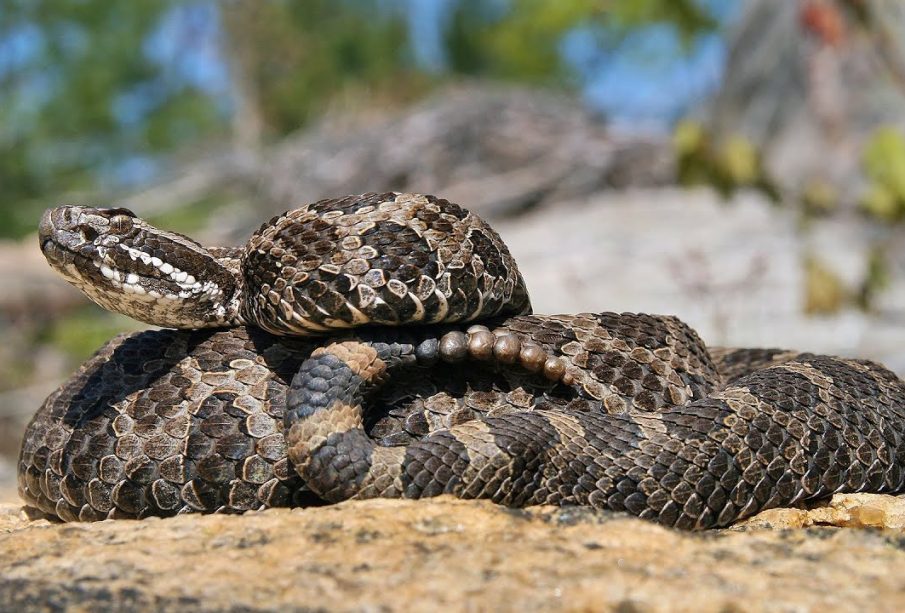Understanding the Massasauga Rattlesnake and Its Conservation

Introduction
The massasauga rattlesnake (Sistrurus catenatus) is a small pit viper species that holds significant ecological and cultural value in Canada. Classified as a species of special concern, this snake not only plays a crucial role in maintaining the balance of the ecosystems it inhabits but also symbolizes the broader challenges associated with wildlife conservation. With its population decreasing primarily due to habitat loss, the conservation of the massasauga rattlesnake has become a critical issue for environmentalists and policymakers alike.
Main Body
The massasauga rattlesnake is native to the Great Lakes region, primarily found in southwestern Ontario, as well as portions of Michigan, Wisconsin, and parts of Ohio. This species prefers wetlands, prairies, and forests where it utilizes dense vegetation for shelter. Unfortunately, urban development, agricultural expansion, and climate change have significantly disrupted these habitats, leading to decreasing numbers of massasaugas in their native environments.
According to the Ontario Ministry of Natural Resources and Forestry, the massasauga’s population decline can also be attributed to human-related factors, such as road mortality and persecution. Public misconceptions often portray these snakes as dangerous, which has led to direct killings by humans. To address these challenges, wildlife agencies are ramping up education efforts to foster better understanding and appreciation for the massasauga.
Recent initiatives have included community-led conservation projects aimed at protecting the massasauga’s habitat and raising public awareness. The Massasauga Rattlesnake Recovery Team has established key conservation strategies focusing on habitat management, public education, and monitoring programs to track population dynamics. These efforts are crucial, as they not only aim to stabilize current populations but also seek to rehabilitate areas that have experienced habitat degradation.
Conclusion
The conservation of the massasauga rattlesnake is a significant undertaking that emphasizes the need for collaborative efforts between government bodies, environmental groups, and communities. As public awareness grows, it is hoped that more individuals will engage in conservation practices that favor the survival of these unique snakes. Looking ahead, a combination of habitat restoration, education, and enforcement of protective legislation will be essential to ensure that the massasauga rattlesnake continues to thrive and play its vital ecological role in Canadian ecosystems. Readers are encouraged to support local conservation initiatives and increase their understanding of this fascinating species for a healthier, balanced environment.









